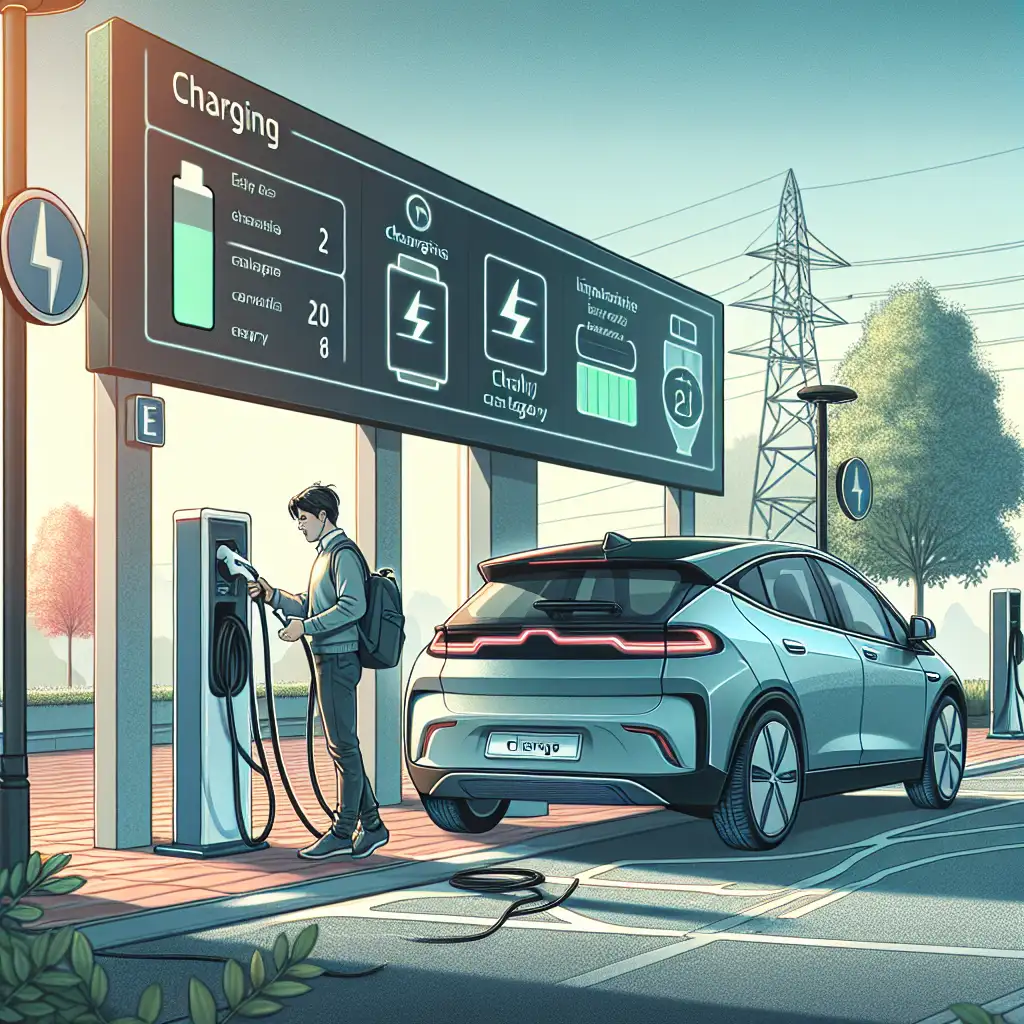Best Practices for Charging Your Electric Car
Learn how to charge your EV efficiently and prolong its battery life with these essential tips.

Electric vehicles (EVs) are becoming increasingly popular as more people look for eco-friendly and cost-effective alternatives to traditional gasoline-powered cars. However, owning an EV comes with its own set of considerations, particularly when it comes to charging. Understanding how to charge your electric car efficiently can help you save money, extend the life of your battery, and ensure your vehicle is always ready to go when you are.
Understanding EV Charging Basics
Before diving into the best practices, it's important to understand some basic terms related to EV charging. The most common terms you'll encounter are:
- Kilowatt (kW): A unit of power that indicates the rate of energy transfer. In the context of EVs, it refers to the power output of a charger.
- Kilowatt-hour (kWh): A unit of energy that measures the amount of electricity used over time. It's how the capacity of an EV battery is measured.
- Level 1 Charging: Uses a standard household outlet (120 volts) and is the slowest charging method, typically adding about 2-5 miles of range per hour.
- Level 2 Charging: Requires a special charging station (240 volts) and is much faster, adding about 10-60 miles of range per hour.
- DC Fast Charging: Provides rapid charging at public stations, adding up to 80% charge in about 30 minutes.
Efficient Charging Tips
To make the most of your EV's battery and ensure efficient charging, consider the following tips:
- Charge to 80%: Regularly charging your battery to 100% can reduce its lifespan. Instead, aim to charge up to 80% for daily use, which is sufficient for most commutes.
- Avoid Frequent Fast Charging: While DC fast charging is convenient, frequent use can degrade the battery over time. Use it sparingly, such as during long trips.
- Schedule Charging: Many EVs allow you to schedule charging times. Charging during off-peak hours can save money and reduce strain on the power grid.
- Keep Battery Cool: Extreme temperatures can affect battery performance. Park in shaded areas or garages to keep your battery cool, especially during hot weather.
- Use Regenerative Braking: This feature helps recharge the battery while driving, extending your range and reducing the need for frequent charging.
Comparing Charging Options
Choosing the right charging option depends on your lifestyle and driving habits. Here's a quick comparison:
- Home Charging: Ideal for daily use, offering convenience and cost savings. Level 2 home chargers are a good investment for faster charging.
- Public Charging Stations: Useful for long trips or when you need a quick top-up. Look for stations with Level 2 or DC fast charging options.
- Workplace Charging: Some employers offer charging stations, which can be a great perk if available.
FAQs About EV Charging
Q: How often should I charge my EV?
A: It's best to charge your EV as needed, rather than every night. Monitor your battery level and charge when it drops to around 20-30%.
Q: Can I use a regular outlet to charge my EV?
A: Yes, but it's slow. A Level 2 charger is recommended for faster charging at home.
Conclusion
By following these best practices for charging your electric car, you can ensure that your EV remains efficient and its battery lasts longer. Remember to consider your driving habits and choose the charging options that best fit your lifestyle. Think about what features matter most to you. Do you need extra charging speed or convenience?
 CarChooser
CarChooser